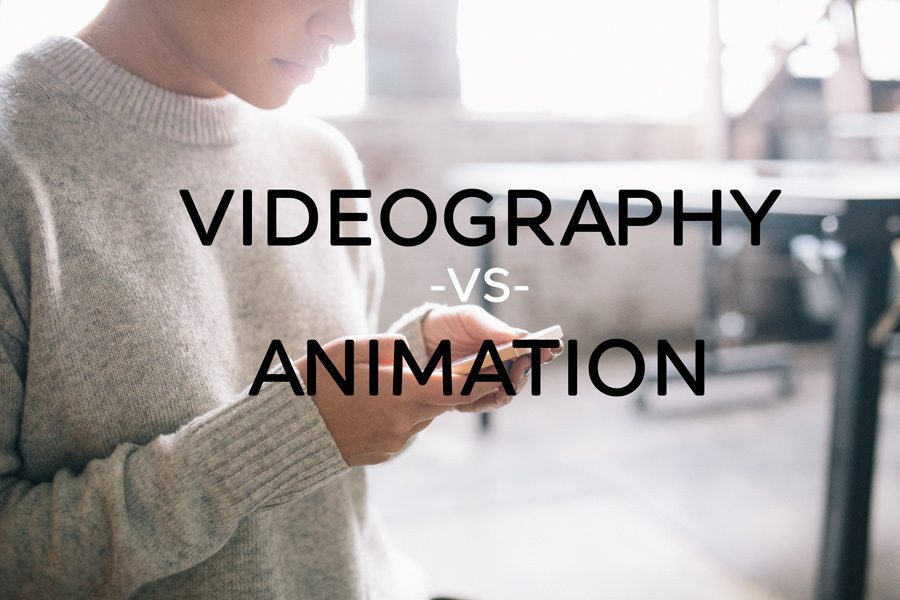As the world moves faster towards a future basing itself more in technology and communication, it’s important for advertisers to keep with the times. Yesterday’s news is already online today and advertising has to make continuous changes to stay relevant in the online era.
With the rise of new media, the internet has made it possible for businesses to widely distribute their ads to anyone who is willing to see, hear or watch them and options such as banners, popups, Flash and email marketing have become commonplace. Businesses are constantly trying to outdo both themselves and their competitors, leading to new and innovative ways to advertise that will appeal to their audiences. As a result, there’s been a surge in new and improved advertising methods in recent years, though none so successful as online video with some of the best possibilities in advertising taking form in videography and animation.
While both are great forms of advertising it can’t be denied that the scope of possibility that animation offers is far superior to the otherwise limited amount of resources available to a live production, assuming that the pocketbook is left intact. The world is your oyster and with the right creative tools, you can create one that Dr. Seuss would admire with characters that would put Gumby to shame. Whatever vision you have in your mind can be brought to life with animation.
Contrary to popular belief, animation can actually be cheaper than creating a live production. With live productions you have to think about the cost of set production, casting, studio and equipment rentals, not to mention the salaries of everyone involved and overlooked expenses like travel and food. Not only that, a successful animation can be timeless, memorable and even viral (a marketing dream!) A good example of this is John Lewis’ 2013 Christmas advert, The Bear & the Hare, which was the talk of the town for months on end. Even though we’re adults, doesn’t mean we don’t appreciate the whimsy of a good old-fashioned animation every now and then.
NOTE: Video is no longer available.
Alternatively, videography can offer a much different insight, with the potential to impress beyond the means of animation. One such example in our modern day that has increased in popularity is the GoPro. If you’re unfamiliar, GoPro is a mounted, high-definition camera used primarily in extreme action sports or the like. Though unless you’re promoting your surf company or paragliding gear, those of us working in an office space probably lack the daily thrill that would make GoPro an obvious choice as an advertising medium.
For everyone else, some things to consider where videography is concerned is your audience demographic and how you would like to portray your brand and message. In some situations, animation may not be the best choice in representing a company that is directed towards a certain group of people or adheres to an image that animation could contradict or misrepresent. For example, Procter & Gamble are less inclined to use animation in their advertisements because they find them to be less persuasive when it comes to things like soap, laundry detergent and diapers. In situations like these, often a live production can offer another facet of advertising that the average person can relate to better than an animation.
All in all, there is no right answer when it comes to using videography or animation in advertising. It ultimately boils down to a judgment call that considers your available budget, time and audience. The only thing that can be said for certain is that video is one of the greatest ways to share your company with others, accounting for 50% of all mobile traffic and more than one-third of all online advertising spending. With over 1 billion unique users visiting Youtube per month and over 2 billion views per week, it’s not hard to see why video is the next step in advertising.
